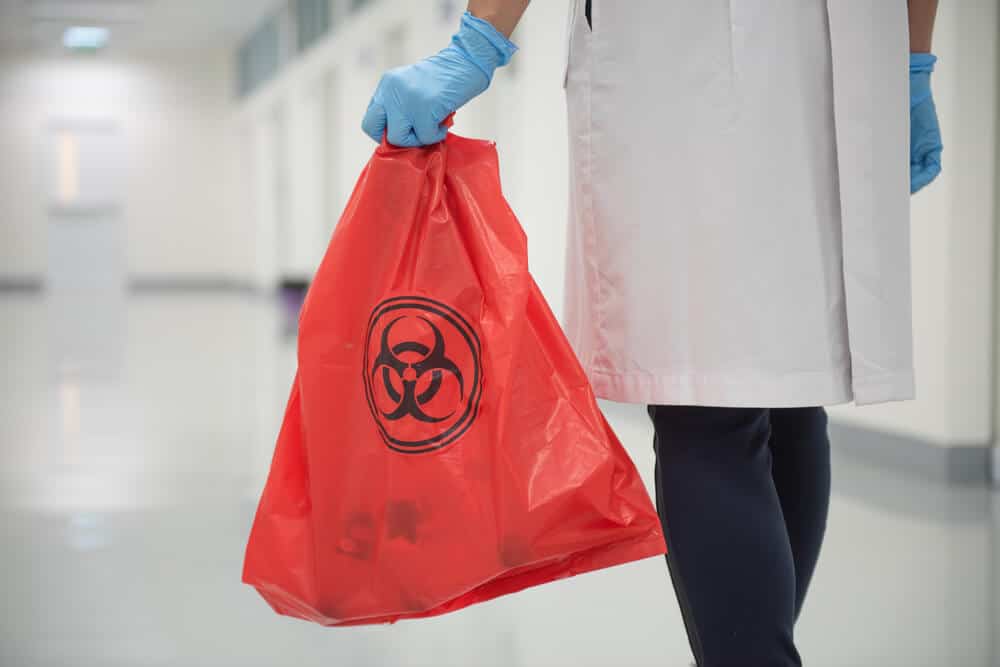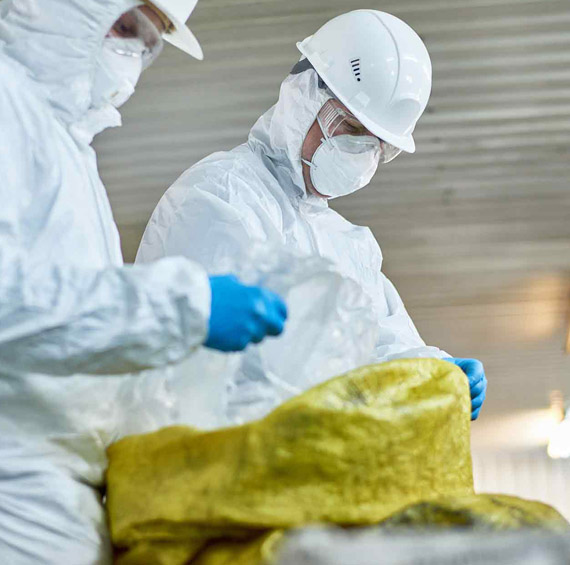Exact ATP Testing for Effective Hygiene and Health Surveillance
Exact ATP Testing for Effective Hygiene and Health Surveillance
Blog Article
Specialist Biohazard Cleansing and Purification for Blood, Bodily Fluids, and Hazardous Products
In the realm of biohazard cleansing and purification for blood, bodily liquids, and harmful materials, accuracy and proficiency are paramount. The possible health and wellness risks connected with direct exposure to biohazards underscore the critical demand for precise handling and comprehensive cleaning. Specialized training furnishes professionals with the expertise and skills essential to deal with these hazardous circumstances efficiently. Nonetheless, it is not simply about cleansing up; the importance of utilizing proper purification techniques can not be overemphasized. As we browse the complex landscape of biohazard cleanup, comprehending the subtleties of guidelines, compliance, and the specific tools at play ends up being imperative in making certain a risk-free and comprehensive purification process.
Health Risks of Biohazard Direct Exposure
Direct exposure to biohazards poses substantial health dangers that can cause extreme effects for communities and individuals alike. Biohazards encompass a vast array of organic compounds, consisting of blood, physical liquids, mold, germs, viruses, and various other possibly transmittable products. When individuals enter contact with these biohazards, whether through accidents, improper handling, or environmental direct exposure, they encounter the threat of having severe health problems or illness.
One of the primary health threats linked with biohazard direct exposure is the transmission of transmittable illness. Bloodborne microorganisms such as HIV, hepatitis B and C, and various microorganisms can be existing in biohazardous materials, positioning a direct threat to human health. Inhaling airborne biohazards like mold and mildew spores or entering into contact with contaminated surfaces can additionally bring about respiratory system problems, allergies, and various other damaging wellness results.
Moreover, biohazard direct exposure can have lasting health and wellness ramifications, with some illness materializing years after the initial call (Blood Cleanup). Therefore, it is crucial to focus on appropriate biohazard cleaning and decontamination to minimize these health and wellness risks and ensure the safety and security of individuals and communities

Specialized Educating for Biohazard Cleanup
When it concerns taking care of biohazard cleanup effectively and securely, specialized training plays a basic role in making sure proper purification procedures are complied with. Biohazard cleaning requires particular expertise and skills to efficiently minimize dangers linked with bloodborne pathogens, bodily liquids, and unsafe products. Professionals learnt biohazard clean-up go through strenuous instruction on how to safely deal with, eliminate, and dispose of biohazardous materials to protect against contamination and exposure.
Specialized training for biohazard clean-up covers a series of necessary subjects, consisting of correct personal safety equipment (PPE) usage, bloodborne pathogen understanding, decontamination methods, and unsafe waste disposal methods. People educated in biohazard cleaning are equipped with the necessary expertise to evaluate contamination degrees, recognize prospective dangers, and implement appropriate cleaning treatments in compliance with regulatory standards.
Continuous training and education and learning are vital in the field of biohazard cleanup to remain upgraded on the most up to date decontamination technologies, safety and security procedures, and policies. By purchasing specialized training, biohazard clean-up professionals can properly reply to emergency cleaning circumstances and safeguard both public wellness and the atmosphere.
Importance of Correct Decontamination Strategies
Using proper purification techniques is critical in biohazard clean-up to effectively minimize and remove dangerous products health and wellness risks. Efficient decontamination not just makes sure the removal of noticeable traces of blood, bodily liquids, and other biohazards yet likewise targets unnoticeable virus that may position significant health and wellness hazards if not effectively eradicated. By complying with rigorous decontamination procedures, educated professionals can dramatically minimize the risk of exposure to hazardous microorganisms, viruses, and germs that might bring about infections or diseases.
Correct purification techniques involve using specific tools and anti-bacterials that are specifically designed to reduce the effects of biohazards successfully. Comprehensive cleaning and disinfection of polluted locations are crucial to prevent the spread of pathogens and guarantee a risk-free atmosphere for passengers. In addition, the proper disposal of biohazardous waste adhering to purification procedures is vital in avoiding contamination of various other surface areas or people.

Devices and Tools for Safe Cleaning
When dealing with blood, physical liquids, or harmful products, biohazard cleansing specialists rely on specialized equipment check over here to reduce direct exposure threats and completely sanitize the afflicted location. Additionally, biohazard cleansing sets including disinfectants, absorbing products, and biohazard bags are utilized to securely have and get rid of of infected items.
Advanced cleaning tools like hospital-grade disinfectants, HEPA-filtered vacuum cleaners, and misting machines are employed to sanitize surfaces and eliminate biohazards properly. Specialized equipment such as sharps containers and biohazard waste disposal bins are used to safely handle sharp items and biohazardous waste products. By making use of the appropriate equipment and tools, biohazard cleaning experts can make sure an extensive clean-up procedure that focuses on security and decreases wellness threats for both employees and owners of the damaged room.
Rules and Conformity in Biohazard Cleansing
Correct adherence to laws and conformity standards is critical in biohazard cleaning to guarantee the security of both personnel and the environment. Federal government firms such as OSHA (Occupational Safety and Health And Wellness Administration) and the EPA (Epa) have established particular guidelines for biohazard cleanup treatments to minimize health threats and ecological contamination. These laws cover a series of facets consisting of the handling, transport, and disposal of biohazardous products, as well as the required training and protective tools needed for employees included in the clean-up process.
Biohazard cleaning firms need to stay up-to-date with these policies to guarantee that their operations fulfill the called for security requirements. Failure to adhere to these guidelines can lead to serious effects, consisting of fines, lawful activity, and jeopardizing the health and wellness of individuals and the environment. By following stringent policies and compliance measures, biohazard cleansing firms can successfully reduce risks and make certain a secure and complete clean-up procedure for all celebrations involved.
Verdict
Finally, biohazard cleaning and purification call for specific training, correct methods, and adherence to policies. Direct exposure to blood, physical liquids, and dangerous products positions substantial health and wellness threats, making it critical to utilize the right equipment and devices for risk-free cleanup. By following strict procedures and standards, professionals can efficiently alleviate the threats related to biohazard exposure and make sure the safety and security of both themselves and others.
As we browse the intricate landscape of biohazard cleanup, comprehending the nuances of guidelines, conformity, and the customized equipment at play becomes imperative in guaranteeing a risk-free and complete purification procedure. (Blood Cleanup)
When it comes why not try these out to handling biohazard cleanup efficiently and safely, specialized training plays a fundamental role in ensuring proper purification treatments are adhered to.Making use of appropriate purification methods is important in biohazard cleanup to effectively eliminate hazardous products and decrease health and wellness risks. Additionally, biohazard cleaning packages consisting of anti-bacterials, absorptive materials, and biohazard bags are used to securely site here have and get rid of of polluted products.
Government firms such as OSHA (Occupational Security and Health Management) and the EPA (Environmental Defense Company) have actually established particular guidelines for biohazard cleaning procedures to minimize wellness dangers and ecological contamination.
Report this page